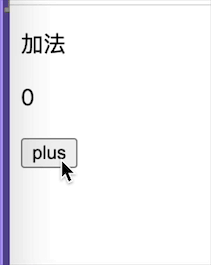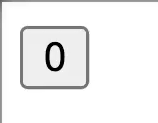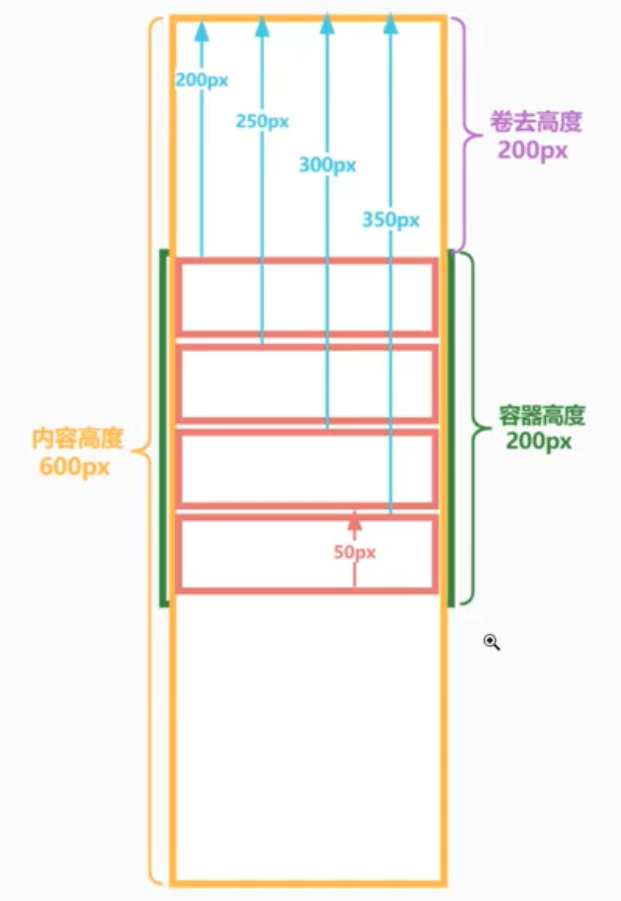我有内置Switch组件的组件.整个组件是可点击的.当您单击此组件时,它会触发dispatch(修改redux store)并导致重新呈现此组件.
我需要的是不重新渲染整个组件,只是为了将Switch组件设置为正确的状态.
我需要的是不重新渲染整个组件,只是为了将Switch组件设置为正确的状态.
像这样的东西
<TouchableOpacity onPress={onPress}>
<Text>{this.props.title}</Text>
<Switch value={this.state.active}/>
</TouchableOpacity>
任何的想法?
我发现这个非常常见的用例,我知道我会遇到很多类似的情况,所以我需要这种行为,但我在网上找不到任何示例或解决方案.也许我只是缺少一些东西.
谢谢
—编辑—
我也尝试过这个.我尝试使用shouldComponentUpdate禁用更新,我尝试仅在willRecieveProps中设置状态和/或切换,即使没有切换.我也试过玩LayoutAnimation.但没有任何作用. this.setState()只是不为Switch组件设置动画.
我也尝试过使用this._switch._rctSwitch.setNativeProps({value:nextProps.active}),但这也不起作用(因为_rctSwitch而闻起来).
class ViewWithSwitchInside extends React.Component {
constructor(props) {
super(props)
this.toggle = this.toggle.bind(this);
this.state = {
active: props.active
}
}
componentWillReceiveProps(nextProps) {
if (this.state.active != nextProps.active) {
this.setState({ active: nextProps.active })
}
}
toggle() {
let newValue = !this.state.active
this.setState({
active: newValue,})
if (typeof this.props.onClick === 'function') {
this.props.onClick(newValue)
}
}
render() {
return (
<TouchableWithoutFeedback onPress={this.toggle}>
<View>
<Text>{this.props.title}</Text>
<Switch value={this.state.active} />
</View>
</TouchableWithoutFeedback>
)
}
}
解决方法
您不能只从父组件中渲染一个子项.即使您以某种方式能够更改Switch所依赖的变量的值,除非您重新渲染父组件,否则它将不会显示.
我试图使用全局变量来设置切换器的值,我也阻止使用shouldComponentUpdate()重新呈现父组件,您可以在here上阅读更多内容
这是我的结果:
这是我的应用程序的初始状态.该全局变量设置为false,并且已经呈现了父组件.
现在我通过点击Switch周围的View来更改全局变量为true
但是没有任何东西在视觉上改变,只有变量改变了,而不是改变者.
然后我按下屏幕底部的“重新渲染”文本来更改状态(对Switch组件的无关更改),这种情况发生了:
这是上面App的代码:
var isActive = false; //global variable
class Test extends Component {
constructor(props) {
super(props);
this.state={active:false,irrelevantState: true};
}
test(foo){
console.log("Attempting to change",foo);
isActive = foo;
}
shouldComponentUpdate(nextProps,nextState){
if(this.state.active != nextState.active){//If the new state is different than the previous,stop rendering.
this.test(nextState.active);
return false;
}else { //else,re-render everything
return true;
}
}
render(){
console.log("Test re-render");
return(
<View style={{flex:1}}>
<TouchableOpacity onPress={()=>{this.setState({active:!this.state.active})}} style={{flex:1,marginTop:20}}>
<Text>Test Component</Text>
<Switch value={isActive}/>
</TouchableOpacity>
<TouchableOpacity onPress={()=>{this.setState({active:true})}} style={{flex:1,marginTop:20}}>
<Text>Test Component</Text>
<Switch value={isActive}/>
</TouchableOpacity>
<TouchableOpacity style={{height:20}} onPress={()=>this.setState({irrelevantState:false})}>
<Text> Re-render</Text>
</TouchableOpacity>
</View>
)
}
}
最好的办法是找到一种智能的方法来重新渲染,只有当你的应用程序的this.state.active和其他所需状态发生变化时,忽略其他变化.




 react 中的高阶组件主要是对于 hooks 之前的类组件来说的,如...
react 中的高阶组件主要是对于 hooks 之前的类组件来说的,如... 我们上一节了解了组件的更新机制,但是只是停留在表层上,例...
我们上一节了解了组件的更新机制,但是只是停留在表层上,例... 我们上一节了解了 react 的虚拟 dom 的格式,如何把虚拟 dom...
我们上一节了解了 react 的虚拟 dom 的格式,如何把虚拟 dom... react 本身提供了克隆组件的方法,但是平时开发中可能很少使...
react 本身提供了克隆组件的方法,但是平时开发中可能很少使... mobx 是一个简单可扩展的状态管理库,中文官网链接。小编在接...
mobx 是一个简单可扩展的状态管理库,中文官网链接。小编在接... 我们在平常的开发中不可避免的会有很多列表渲染逻辑,在 pc ...
我们在平常的开发中不可避免的会有很多列表渲染逻辑,在 pc ...